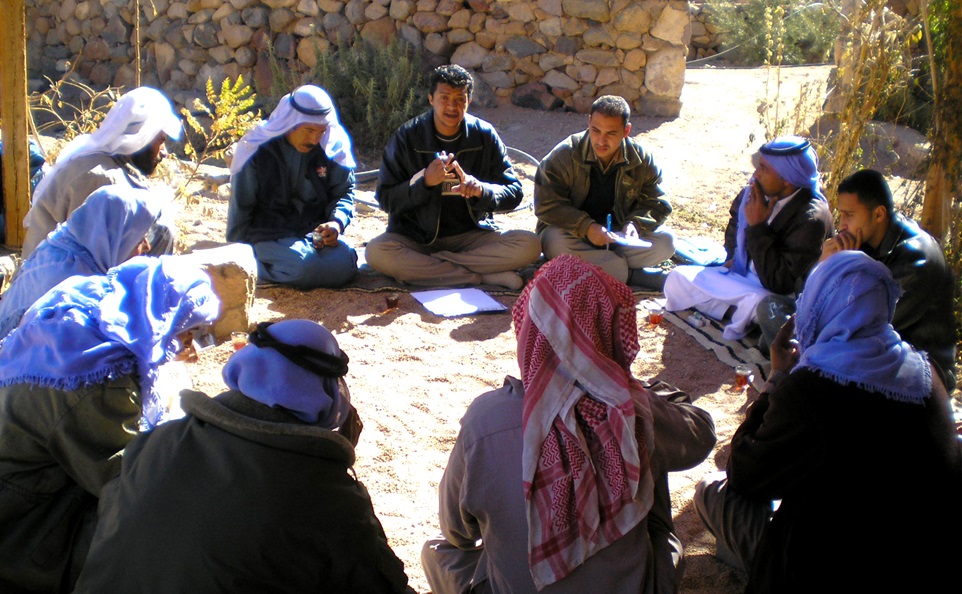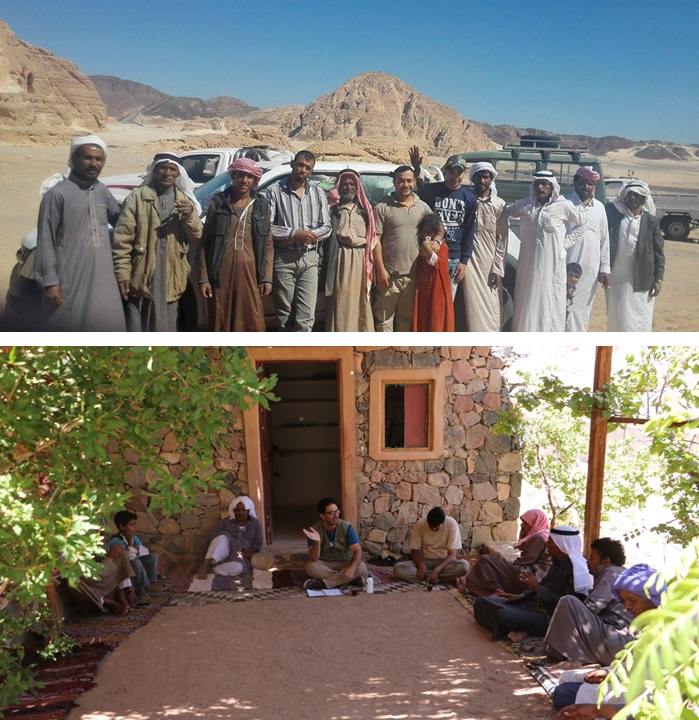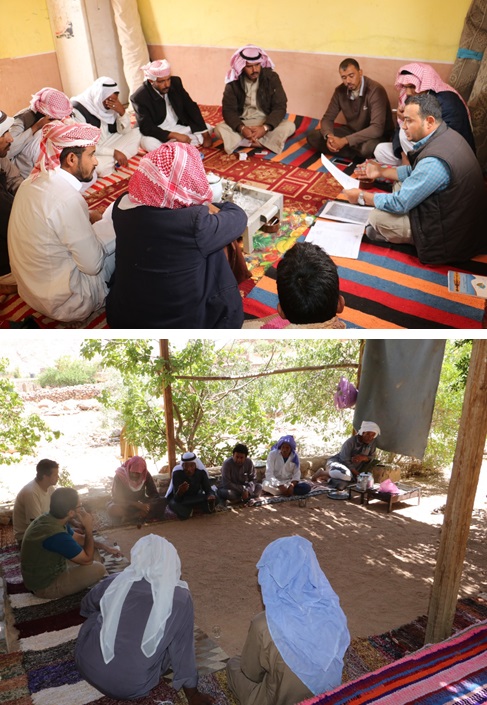



Las comunidades locales que se encuentran dentro del Área Protegida sufren algunas restricciones en el uso de los recursos naturales, que consideran de su propiedad y derecho, y que son los habitantes del lugar antes del establecimiento del AP. Por lo general, las restricciones en el uso de los recursos naturales son con fines de protección y reducción de presiones, que pueden afectar el sustento de algunos miembros de la comunidad local, lo que consideran un proceso de negación de sus derechos. La comunidad local posee una riqueza cultural que se ha transmitido de generación en generación sobre el uso óptimo de los recursos, su protección y su propagación de forma sencilla. Implicar a esa comunidad en los procesos de planificación para proteger los recursos naturales eliminará muchas de las penalidades, ya sea para la gestión del AP o para la propia comunidad. Los conocimientos tradicionales son un tesoro oculto que puede utilizarse para mejorar el estado de los recursos naturales y aumentar el sentimiento de propiedad y la importancia de la comunidad local en la protección de sus recursos, lo que apoyará el proceso de sostenibilidad y reducirá las perturbaciones
Los responsables del proceso de selección deben trazar un mapa de las prioridades de la comunidad en este ámbito y de los puntos de discordia, e identificar a los líderes comunitarios influyentes, escuchados y queridos por su comunidad.
Deberían celebrarse varias reuniones iniciales con los líderes comunitarios, debatirlas y pedirles su apoyo para movilizar la participación de la comunidad.
Deberíamos acudir a ellos en sus zonas y celebrar reuniones de asamblea comunitaria para elegir representantes locales que coordinen las actividades del programa de conservación.
Aprendimos que la comunidad local y sus conocimientos tradicionales son una riqueza científica que nunca debe desaprovecharse.
El proceso de selección de representantes de la comunidad local debe considerarse cuidadosamente, teniendo en cuenta el conflicto entre tribus y evitando la participación de dos partes discrepantes.
Deben ofrecerse oportunidades alternativas cuando se impida a la comunidad realizar algunas de sus actividades con fines de conservación.
Se les debe hacer saber que tienen poder de decisión y permitir que las comunidades prioricen y seleccionen proyectos de impacto rápido para reforzar el apoyo y estimular la participación local.